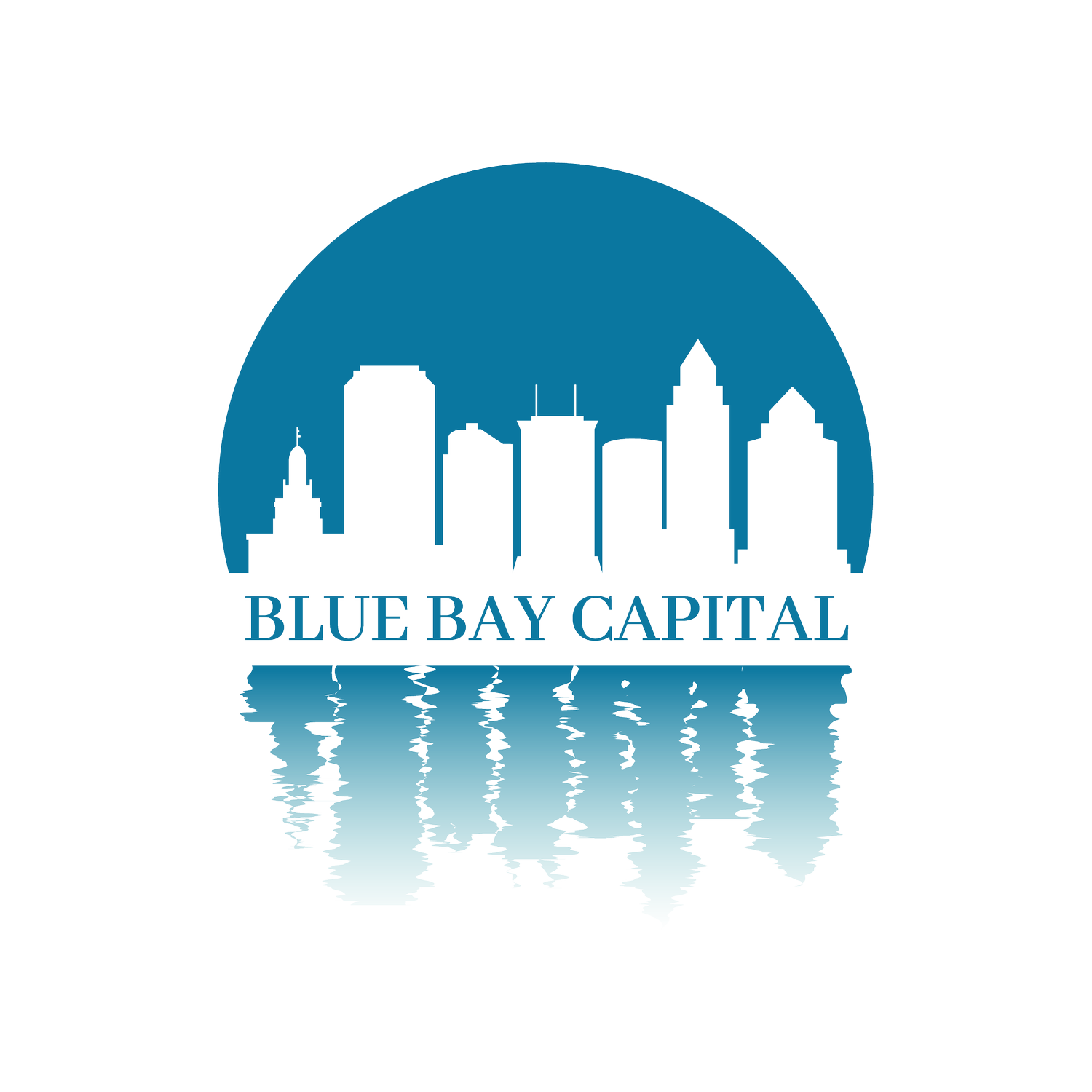Is B.R.R.R.R. Dead?
What is the BRRRR Strategy?
The acronym B.R.R.R.R. stands for Buy, Renovate, Rent, Refinance, Repeat, and has been used within the last 20 years or so to describe the process of buying distressed properties, adding value by repairing them, placing tenants, at the improved property value market rates, seasoning the property, and then qualifying for a refinance. The primary purpose of BRRRR is to be able to refinance all of your invested capital so that you can then roll that money into a new project and thus “infinitely” build your rental portfolio. This process works well, pending the investor qualifies for a long-term 30yr loan from a large institutional investor, ie a bank or credit union. This is predicated of course on several KEY metrics. Number one, the amount that you have invested is less than the maximum loan-to-value that the refinance financial institution will allow the investor to qualify for. Number two, the investor can buy a property with enough potential equity so that when it’s repaired their requested refinance amount is at or below the financial institution’s maximum loan amount. Number three, is that the prevailing rates for financial institutions allow for a reasonable Debt Service Coverage Ratio (DSCR) that produces cash-flow. Industry-standard has historically been a DSCR of 1.1x. In the picture above you can see this at work in an ideal scenario. The investor is able to buy a property for $260K, that after its repaired will be worth $400K, thus their purchase to after-repair value is at 65%.
If they were able to find a short-term lender, such as a Hard Money Lender, or Private Money Lender or possibly a Non-QM lender that loaned 90% of the purchase they would only have to bring 10% or $26K down on the purchase, thus being able to get a loan for $234K towards the purchase. Assuming the property only needed $40K in cosmetic repair/ upgrades and the lender for the acquisition also loaned the renovation this would bring their total loan to $274K or 68.5% of After Repair Value (ARV). Historically most institutional lenders (banks, credit unions ect) would lend to a real estate investor, on an investment property at 80% LTV or $320K. In theory, they would be able to refinance their acquisition lender out of their $274K loan as well as refinance their downpayment, and even pull equity out, New loan minus acquisition loan minus downpayment, and the remaining would be equity ($320K - $274K - $26K = $46K in profit). Though some financial institutions would not allow the investor to walk away with that much in equity, in this scenario the likelihood that the investor would at least be able to pull out all their hard costs is viable.
What is Happening to BRRRR Today?
So what is happening in today’s world of BRRRR? Referencing back to those three key components, all three are changing, and fast. Let’s start reviewing the 3 key metrics mentioned above, but first Key 2. The most obvious problem with this key metric is that deals with potential equity are becoming more and more scarce. I have seen where the purchase prices are closer to 75% of ARV, and thats before any work has been completed on the property. We then add in the construction costs, which let’s not even calculate the increase in labor and material costs, and the decrease of the acquisition lenders loan to purchase price well we have a storm brewing. Key 3 which discussed the rates for the takeout or refinance lender have dramatically increased. As of the writing of this article, Q3 2022, the Fed is poised to raise the Fed Benchmark rate another .75%, the third time this year alone. This move is most likely going to happen to continue to put downward pressure on inflation and bring it under control. This in turn will only mean rates rise again. When rates rise the cost to service that debt, by the investor increases, thus reducing cash flow, and thus reducing the DSCR. In an environment where financial institutions do not want to be left holding the bag such as in 2008, the minimum DSRC ratio could very well increase from a 1.1x to 1.2x+. This affects the amount the investor can qualify for a takeout loan, further reducing the DSCR, and increasing exposure to the uncertainty of the banks. This brings us back to Key 1 which is the amount that investors qualify for. This has largely been determined by credit score if the asset is an SFR 1-4 unit. Minimum credit score requirements may increase in the coming months and with minimum credit score increases the corresponding rates will increase further affecting key number 3.
As you can quickly see the cycle can be vicious. In the example above I draw out what is happening in today’s environment. You can see the purchase price has increased from $260 to $280 indicating a purchase to after-repair value increasing from 65% to 70%, though this is actually conservative. As I mentioned this percentage can be even higher when investing in a hot market, such as Tampa Floridas real estate market. I did keep the downpayment still at 10% but many investors will start to see that downpayment increase from 10 to 15 to even 20% or more of the purchase price. For argument's sake, we will keep a renovation budget of $40K, but if you want to be realistic, you could increase construction costs by 10 - 15% to get a more accurate number. This is where I can see the market heading and what many places are already experiencing. Longer days on market, and market inventory increase, all are indicative that consumers are being more picky and reserved when buying their
So an investor that thought their property would be valued at $400K 6 months ago, could very well find themselves in a predicament where the only offers, or appraised values, will be lower, much lower than expected. In this scenario I reduced the value by 10%, which seeing what is coming on the horizon is not a far stretch at all, even a little bit too conservative. Remember the refinancing bank will only lend UP TO their maximum, and in this economic environment, banks reducing their maximum Loan-to-Value (LTV), from 80% to 75 or even 70% is highly likely. If the scenario above is plausible, which I believe it is, not only will you see investors not being able to pull out equity, but to refinance they may even have to start bringing money to the table to pay off the acquisition lender. Consider, if the refinance bank will only offer 75% of As-Is value and the As-Is value (even after repair) is now $360K instead of $400K that means their maximum loan amount just decreased from $320K to $270K. If your current loan, which was used to buy the property and repair the property is $292K, the investor would still have to bring $22K in additional capital, plus they're original $28K in downpayment is still locked up in equity.
Can BRRRR Still Work?
Of course, the logical question is “Can the BRRRR strategy still work?”. This is a wise and well-timed question. I believe it can with some closely followed guidelines on the part of the investor as well as those who are lending their capital. Being conservative will win the day, ad adequately accounting for unknowns but probable situations can save a lot of heartache on the part of a real estate investor focused on the BRRRR strategy. Below I have a few listed actions and measures investors should implement to ensure they can adequately implement the BRRRR strategy in the coming months and quarters. Number 1 and ALWAYS the number one rule of RE Investing, you MAKE your money when you buy, you only realize your profit when you sell or refi. This points every investor to one key action of RE Investing, your purchases. How much and where are you finding your “deals”?
Newer investors, they may by default, start to look on the MLS for their “deals”. Don’t, unless you have a significant capital reserve for the downpayment. Remember the lender you choose for your purchase will typically not lend more than 75% of ARV, and that could very well reduce to 70% in the coming months. This includes renovation, and many lenders will start to consider LTC or “Loan to Costs”. So even if you fully fund the renovation out of your own pocket they will look at what is the total costs of your project, leveraged or not. Many purchase lenders will require you to bring 15, 20, 25% of the purchase price even if you have got a great deal well below the projected ARV. When a real estate investor says they are buying property off the MLS, it is a warning that those deals do not have the margins that they should. Regardless of where you purchase your properties make sure that you are aiming to buy at 60% or below of ARV. This will ensure that you are building in enough equity at the beginning to be able to qualify easily for a refinance loan and at least refinance out your acquisition lender.
It is also my recommendation that putting a larger downpayment will save you from having to bring additional capital to the table. You would rather be in a position, where more of your capital is tied up into the project rather than the refinance lender requiring you to bring additional capital to the table and you not having it. This could set you up with your acquisition lender moving to foreclose to recoup their investment. I have made a quick list of considerations for all BRRRR investors to set themselves up for success in the coming months. This list is NOT comprehensive and it is on the conservative side. Experienced and well-capitalized BRRRR investors may find these recommendations to be overzealous however by following these guidelines you will ensure that your BRRRR strategy is successful and repeatable in the months to come.
Are you disappointed with the performance of the markets? Are you watching your retirement accounts constantly decrease in value or not even keep up with inflation? Have you ever considered investing like the banks do, and lend your money? Consider partnering with Blue Bay Capital in our Turn-Key Private Lending solution.
Are you a real estate investor looking for a way to work with a local Florida private lender? Are you tired of jumping through all the hoops with national hard money lenders that are more concerned about your credit and personal income than with your experience? Consider allowing BBC to fund your next real estate project!






